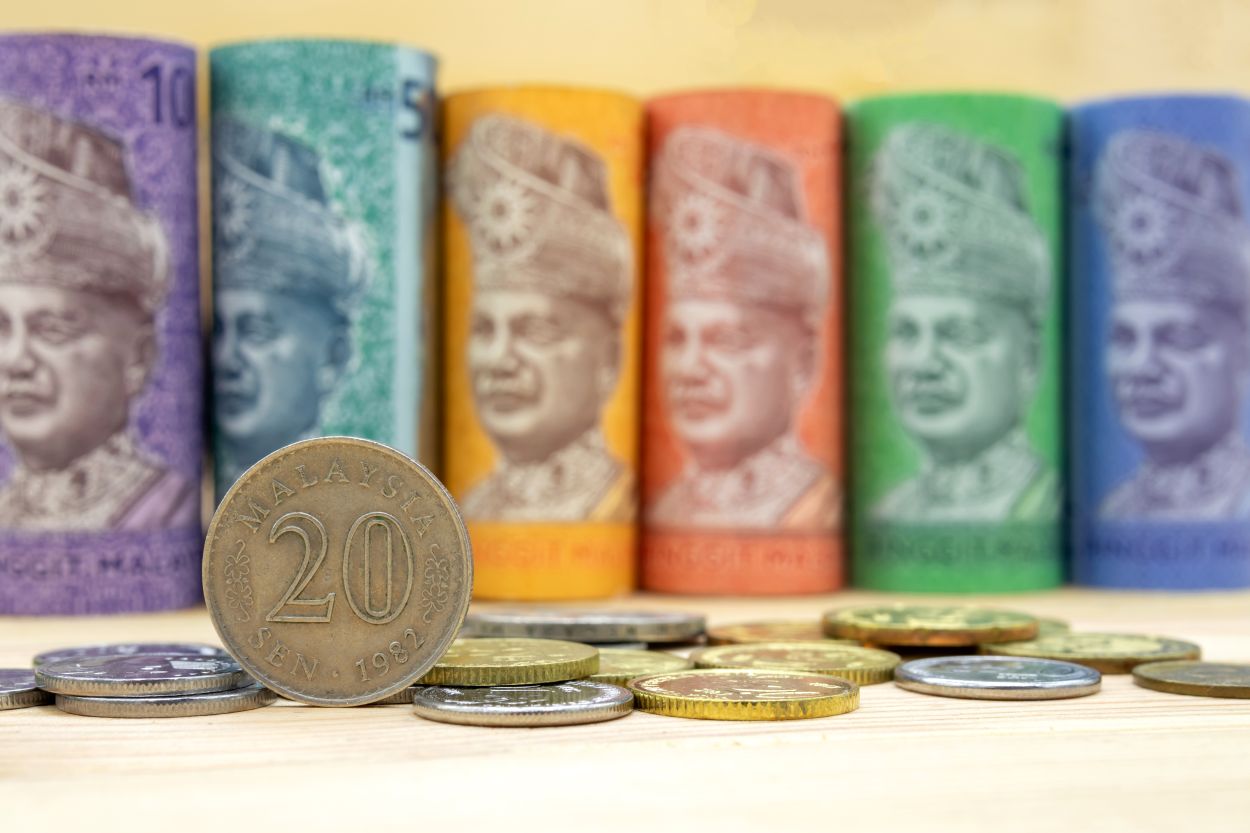Weak data on Friday fuels fears of a global recession as policy makers raise interest rates to contain skyrocketing inflation, putting more pressure on consumers and businesses around the world as they grapple with concerns over the Ukraine conflict and supply chain disruptions .
Gross domestic product rose a modest 0.4% year-over-year in April-June, official data showed on Friday. It was the worst performance for the world’s second largest economy since data collection began in 1992, short of a 6.9% contraction in the first quarter of 2020 due to the initial COVID shock.
It also fell short of the 1.0% growth forecast in the Reuters analysts’ poll and is a sharp slowdown from rising 4.8% in the first quarter.
On a quarterly basis, GDP fell 2.6% in the second quarter compared to the previous quarter and compared to an expected decline of 1.5% and revised growth of 1.4% in the previous quarter.
“The Chinese economy is on the verge of stagflation, although the worst is behind us: between May and June. You can rule out the possibility of a recession or contraction for two quarters in a row,” said chief economist Toru Nishihama. at the Daiichi Life Research Institute in Tokyo.
„Given moderate growth, the Chinese government is likely to apply economic stimulus measures from now on to accelerate its weakening growth, but the PBOC faces high headwinds for further interest rate cuts, as this will contribute to inflation, which is currently kept at a relatively low level.” .
Full or partial lockdowns were imposed in major centers across the country in March and April, including in the commercial capital of Shanghai, whose second-quarter GDP contracted 13.7% year-on-year. Manufacturing in the capital Beijing fell 2.9% year on year in the same quarter.
While many of these restrictions have since been lifted and June data showed signs of improvement, analysts do not expect the economy to recover quickly. China is sticking to its tough COVID-19 policy amid new outbreaks, the country’s real estate market is in deep recession, and the global outlook is bleak.
The introduction of new restrictions in some cities and the emergence of the highly contagious variant BA.5 have heightened business and consumer concerns about a prolonged period of uncertainty.
In the first half of the year, GDP grew by 2.5% compared to the previous year.
Chinese stocks rose briefly before turning lower as the yuan fell to a 2-month low on a weak GDP report.
Full year goal unattainable
China is ramping up political support for the economy, although analysts say the official growth target of around 5.5% this year will be difficult to achieve without abandoning its strict COVID-zero strategy. A Reuters poll predicts growth will slow to 4% in 2022.
Many believe that the possibility of further central bank easing could be limited by fears of capital outflows as the US Federal Reserve and other countries aggressively raise interest rates to combat soaring inflation.
Rising consumer inflation in China, while not as high as other major economies, could also add restraints to monetary easing, analysts said.
„We think the markets have become overly optimistic about growth in the second half of the year,” Nomura analysts said.
June activity data, also released on Friday, showed China’s industrial production rose 3.9% in June from a year earlier, accelerating from a 0.7% rise in May.
Fixed investment, which Beijing expects to support, rose 6.1%, better-than-expected in the first six months of the year from a year earlier, compared with a 6.2% jump in January-May.
Retail sales also improved, rising 3.1% year-on-year in June, posting the fastest growth in 4 months since Shanghai authorities lifted a two-month lockdown. Analysts had expected no growth after a 6.7% fall in May.
“The rise in retail indicates that lockdowns have been a major barrier to consumption,” said Jacob Cook, CEO of WPIC Marketing + Technologies in Beijing.
“Consumers still harbor some uncertainty about lockdowns, but given signs that future lockdowns will not be as strict, we are optimistic that consumption will continue to recover in the second half of the year.”
Real estate fears
However, there are many challenges facing consumers and businesses.
The employment situation remained unstable. The nationwide unemployment rate, based on polls, fell to 5.5% in June from 5.9% in May, in line with the government’s target. But youth unemployment rose to a record 19.3% in June.
The shaky recovery in China’s capital-strapped property sector is being further pressured by a growing number of homebuyers across the country who are putting mortgage payments on hold until developers resume building pre-sold homes.
Data on Friday showed house price growth stalled on a monthly basis in June, while real estate investment declined for a fourth month and sales continued to fall another whopping 18.3%.
Politicians have pledged to help local governments deliver real estate projects on time and plan to increase spending on infrastructure to revive the economy. However, a headwind for growth suggests hard work ahead.
„Even with some thought about the numbers, it’s hard to see how the government’s target of 'about 5.5%’ growth this year can be met,” said Julian Evans-Pritchard, senior China economist at Capital Economics.
„It will require a huge acceleration in the second half of this year, which is unlikely.”
